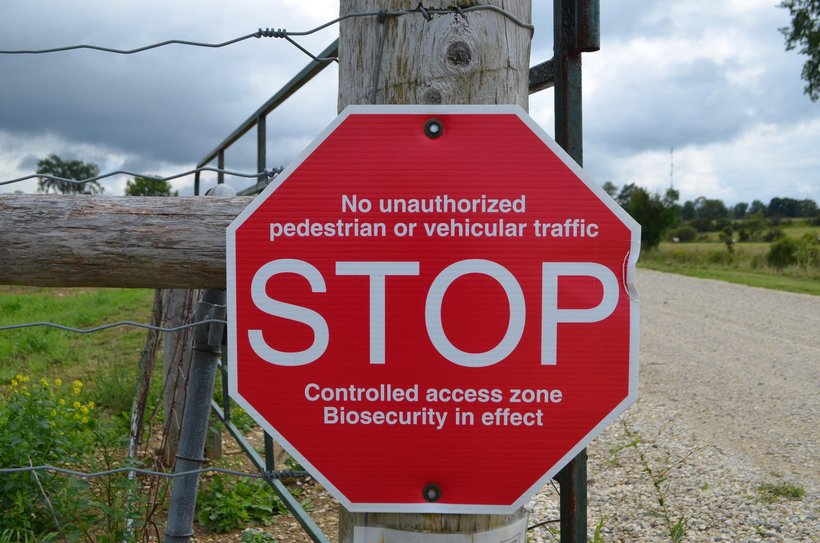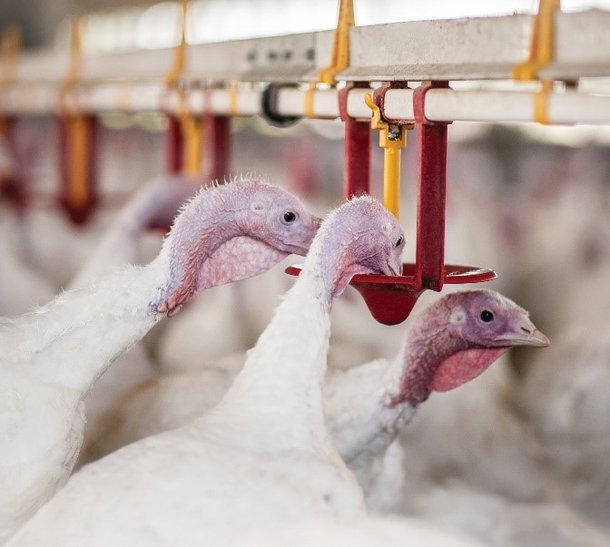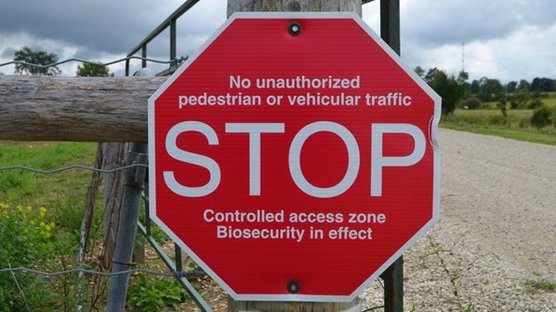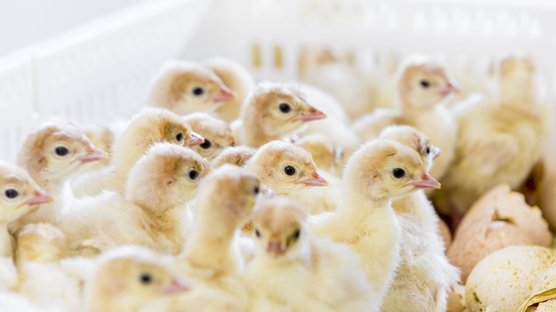
Published on March 3, 2020
Avian influenza outbreaks highlight the importance of biosecurity
Since the end of 2019, there have been reports of avian influenza in several European countries, including Hungary, Poland, and Romania. The virus detected in these outbreaks is a highly pathogenic form of the H5 influenza virus. According to the World Health Organization (WHO), there have been 24 avian influenza outbreaks in European domestic poultry flocks across six different countries between the 30 December 2019 and 18 January 2020. This number continues to rise.
As flocks infected with avian influenza cannot enter the food supply, outbreaks of avian influenza can have a devastating impact to egg and poultry producers when they occur. In 2014-2015 for example, the United States’ outbreak of highly pathogenic avian influenza (HPAI) became the largest poultry disaster in U.S. history, resulting in the destruction of more than 50 million birds. The current European outbreaks serve as a reminder that biosecurity is of critical importance to maintaining the health of flocks and preventing the spread of HPAI.
To safeguard your farm, it is important to understand the causes associated with avian influenza and how it is spread.
Common vectors and how to protect your farm
Vector 1: Migratory birds
Migrating waterfowl are carriers of the virus but are immune to its effects. According to the WHO, the recent European HPAI outbreaks are located along routes flown by migrating birds, and the virus appears to have spread from wild birds as they began to migrate south for the winter.
Contamination by wild birds can be direct, such as the birds entering or nesting at your farm, or indirect, such as someone walking through a field where wild birds have been grazing and then entering your facility without following biosecurity protocols.

Protective Actions:
Maintain a clean farm with good general farm maintenance to minimize attracting wild birds to your farm. This includes weed and grass control around the barns, proper sanitation and drainage and prompt clean up or removal of trash and feed.
To avoid wild birds entering a poultry house or roosting and nesting on poultry barns or nearby buildings ensure doors, windows and vents are sealed or have netting placed around them. These actions will make the space unattractive to wild birds and therefore discourage them from settling in these areas.
To prevent indirect contamination from people, enforce biosecurity protocols such as mandatory footwear and clothing changes upon entering a barn. Sanitizing foot baths when entering a barn are also an effective line of defense against outside contaminants.
Vector 2: Contaminated water
If wild birds carrying the virus land in a body of water, that is then used as a water source for flocks, the virus can be transmitted through that water. If a waterfowl excretes the virus into a body of water, it can survive for months at cool temperatures.

Protective Actions:
Sanitize, sanitize, sanitize. The best way to safeguard your flock is to supply sanitized water, through properly cleaned water lines. Then, to be sure your birds are getting clean water, test your water to validate if cleaning and sanitation measures are effective or if further action is required.
Additionally, you can implement control measures to discourage wild birds from frequenting ponds or water sources near your production site.
A proactive approach is best
A good way to avoid avian influenza or other viruses from infecting your flock is to carefully manage biosecurity protocols. In addition to the actions mentioned above, there are general best practices that help to ensure the health and comfort of your flock.
Manage both internal and external risks: Stop the transfer of pathogens through policies and procedures surrounding cleaning, disinfection and appropriate downtime between flocks. Manage external risks and stop the entry of pathogens by implementing visitor and traffic policies including mandatory vehicle cleaning, secure farm entry gates and maintaining a visitor log.
Conduct regular risk assessments and biosecurity audits: Farm biosecurity is only as strong as the weakest link. In addition to regularly scheduled farm audits by your own team, it is beneficial to use an outside auditor to ensure there aren’t any risks that are being missed or overlooked.
Conclusion
Avian influenza is and continues to be a significant threat to the turkey industry, but there are many steps we can take to minimize the risk. To learn more about biosecurity best practices and other turkey management tips, visit our resource pages



